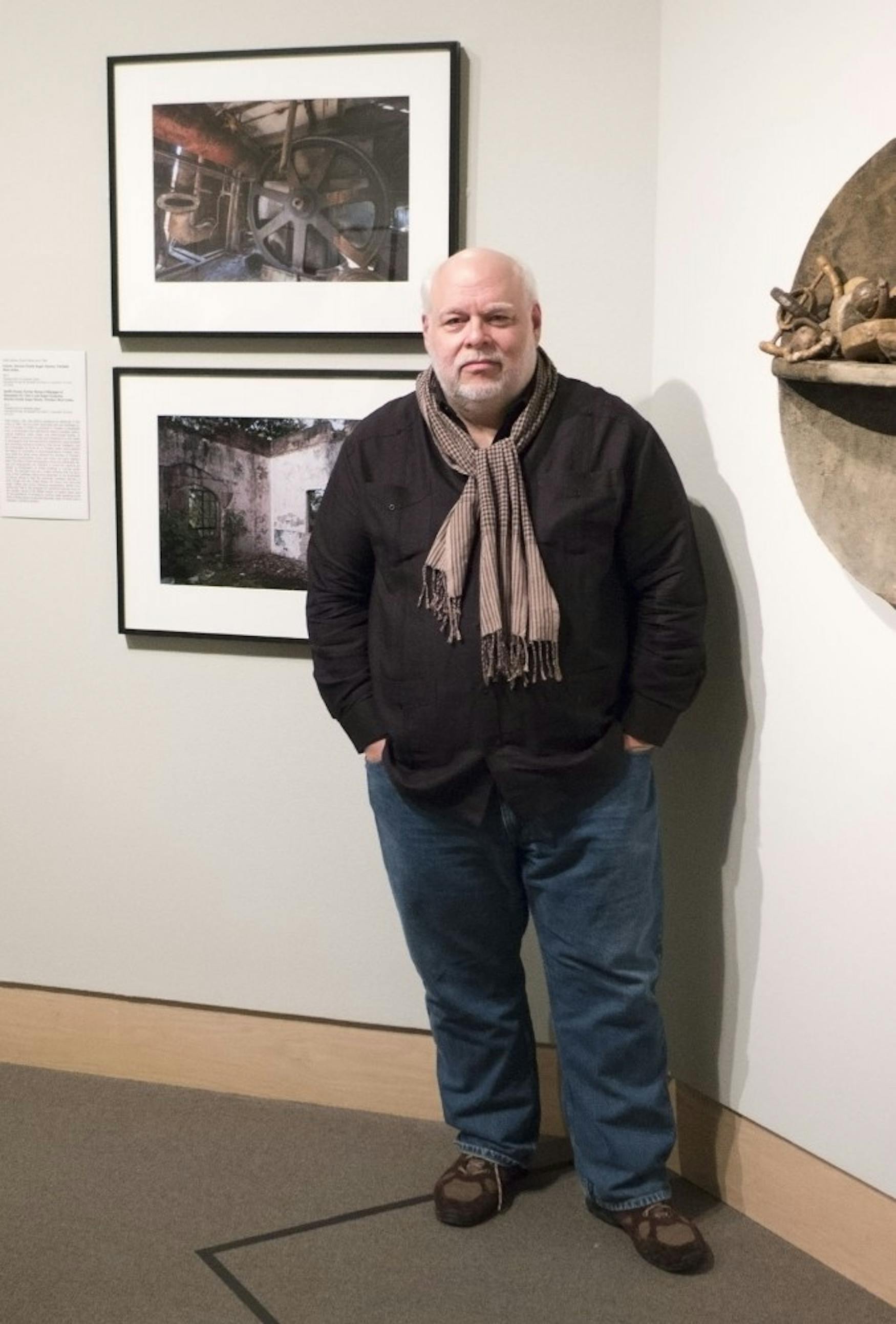Q&A with Pablo Delano
“FA 18A: Digital Documentary Photography,” a new course this semester, combines Latin American and Latino Studies (LALS) with Fine Arts, documentation and personal expression. The 15-person course has been full since August registration opened, and it will be Professor Pablo Delano’s (FA) first course at Brandeis. JustArts asked Prof. Delano to elaborate on this one-time course in an interview over email, transcribed below.
justArts: What sparked your initial interest in photography and fine arts?
Pablo Delano: Probably being immersed in the arts from the moment I was born. My parents were both artists who worked in a large variety of media. Growing up in Puerto Rico, I was surrounded by my parents’ work, and also their social circle which consisted of painters, printmakers, film-makers, poets, novelists, journalists, choreographers, dancers, musicians, etc.
As a kid, the only things I really enjoyed doing were art and science, but I couldn’t handle the math part of science – especially the simplest stuff, like arithmetic! So I got involved with art.
JA: What inspired you to create this course, and why did you feel that its subject matter in particular was important?
PD: I think with any good university teacher, the research or creative work you do is enriched by your teaching and conversely your teaching is enriched by your (in my case) creative work. For a long time now my creative practice has involved a process that could generally be described as documentary.
This refers to a specific type of photography that is motivated less by the need for self-expression or by a fascination with a particular art material or process than by an intense interest in some aspect of the real world.
Rather than teach just general photography courses, which I still do and still enjoy, I wanted to create a course where I could draw on my specific experiences with documentary photography in order to help students visually narrate and share the story of a place, or a phenomenon, or a person or a community they find meaningful or compelling.
JA: Can you explain the process behind creating a one-time course?
PD: Well, I’m a visiting professor at Brandeis for one year, and this is a course that I’ve developed at Trinity College in Hartford, CT, where I am an ongoing faculty member of the Studio Arts Program and the Department of Fine Arts. So I did not specifically create the class to be offered one time. The course has evolved over the last few years. Of course, I’ve had to adapt to the facilities at Brandeis.
I’m very excited to be teaching in Farber 101A, which promises to be a fantastic facility. Also, I will be offering a similar version of this class in the Spring, so students should contact me if interested – especially if they already have ideas about stories they’d like to tell through pictures.
JA: Do you have a favorite topic that the course covers?
PD: The course introduces the work of many documentary photographers in order to give students some context for the pictures they will actually be taking themselves for the class.
I really enjoy presenting the work of young photographers who are doing wonderful photo essays and finding success while still in their 20s, even their early 20s, because students can identify with others so close in age. It’s energizing and encouraging.
JA: What do you hope your students will take away from the course?
PD: I could answer that question in many ways. Proficiency with digital cameras and technique would be at the very bottom of the list because, really, anyone can teach themselves photo technique from the thousands of books and websites out there.
Far more important is that students take away a heightened sense of visual literacy; that they learn how to deconstruct images, decipher their meanings and interpret visual metaphor. Those analytical capabilities then infuse students’ intuitions and instincts as they set about to express their own ideas in pictures.
That’s a tall order and it doesn’t happen right away, but it can and does happen. Finally, and maybe the most important concept that students can take away from the course is to learn to have respect for everything they frame in the camera’s viewfinder.
JA: How does the course compare to other fine arts work that you’ve done in the past?
PD: This course is more involved with social realities outside of the traditional studio setting in which most studio arts courses are taught. You do your work not in the fixed environment of the studio but on the streets, or in places or spaces that you may not always control or quite understand. So there is a different, though sometimes overlapping skill set involved.
You need to learn how to navigate in new ways, but the course addresses that. Also, at Brandeis my visiting professor appointment is not in the Department of Fine Arts (thought the course is a FA course), but in LALS (Latin American and Latino Studies). That’s because of my extensive photography in Latino and Caribbean communities. Naturally, I’ll collaborate with Fine Arts, but coming from a LALS perspective.
JA: How do you feel your course’s subject matter interacts with the other Fine Arts courses offered this semester?
PD: All courses that deal with solving problems in visual terms reinforce each other. While not a prerequisite for my course, courses in any studio discipline can be enormously useful to any aspiring photographer.



Please note All comments are eligible for publication in The Justice.